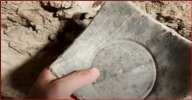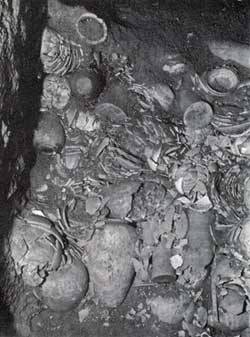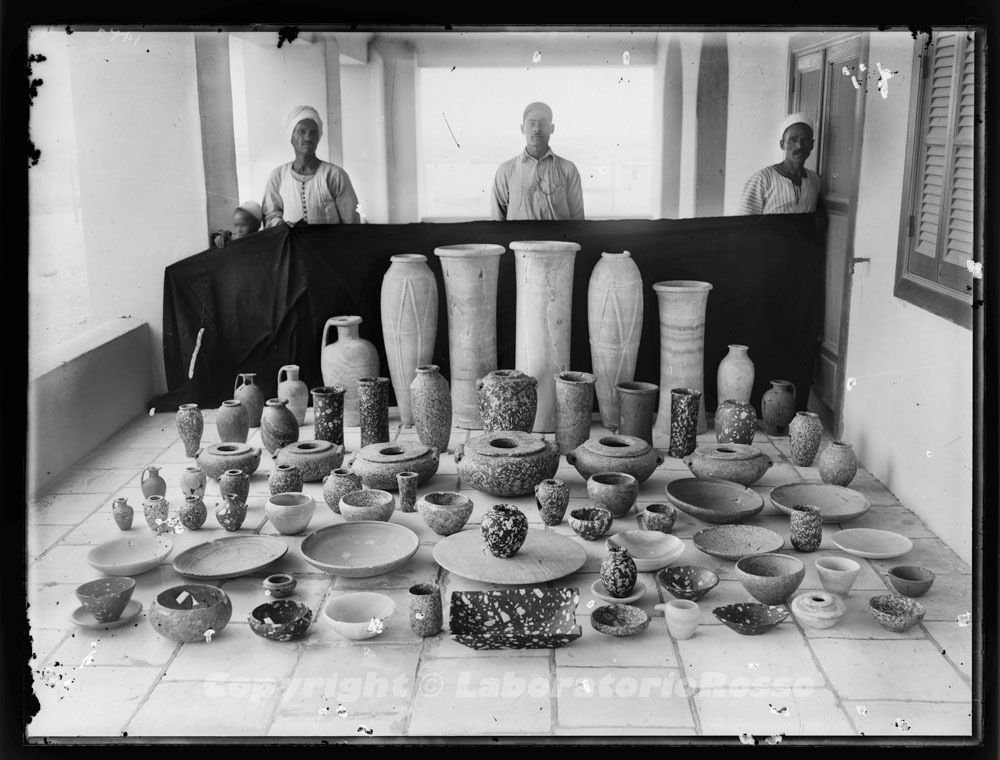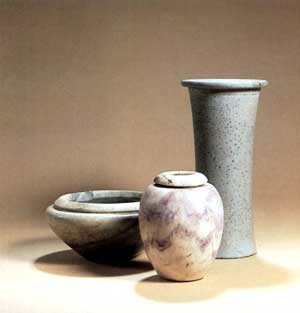John J.
Senior Member.
You understand incorrectly.Turning was invented in the 1,800's as I understand it.
You really think that societies that built ocean-going ships mounting 100 cannon couldn't turn wood?
That in the newly-independent USA, Napoleonic France, Regency Britain- no-one could turn wood?!
With respect, we had practical steam engines from 1712.
From 1825, Stephenson's Locomotion No. 1 was running on the world's first public railway.
You really don't think that there might be some wood-turned components here?
 HMS Victory, launched 1765- click to enlarge.
HMS Victory, launched 1765- click to enlarge.Or perhaps in Isaac Newton's third reflecting telescope of 1672?
(This is a restored part-replica; the original had a wood ball-mount- we don't know if that's the one here though).
Woodturning definitely goes back over 2,300 years, and probably much longer.
https://en.wikipedia.org/wiki/WoodturningEgyptian monuments illustrate a strap used by a helper to rotate the lathe while another worker cut the wood.
I think this (or something similar) has already been posted in this thread:
The following image can be found in a bas-relief carving at the tomb of Petosiris, a high priest who lived in Hermopolis, Egypt, dated to about 300 BC.
From https://firearmshistory.blogspot.com/2014/03/ancient-techniques-of-rifling-machines-i.html
Stuart King, "History of the Lathe: part one – reciprocal motion",...Iron Age inhabitants of the Glastonbury Lake villages have been shown to be very competent woodturners. Excavations show these English West Country Celts to have produced some quite sizable turned artefacts such as spokes and hubs for wheels. Mallets, bowls, tool handles as well as smaller items like stoppers for jars are among items recovered by amateur archaeologist Arthur Bullieid and Harold St George Gray over a century ago.
https://stuartking.co.uk/history-of-the-lathe-part-one-reciprocal-motion/
Viking pole-lathes have been found in York, England (As Jorvik, York was a Viking town).
This very clear illustration of a pole-lathe is from a French illuminated manuscript from the 13th century
(From "History of the Lathe: part one – reciprocal motion", link as above.
...instead of making advancements in technology, as one would expect, the precision was lost.
Yeah, I don't know why they bothered....







